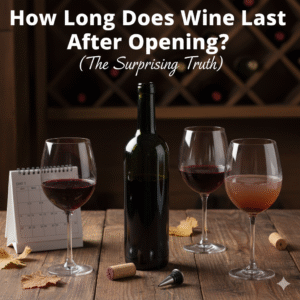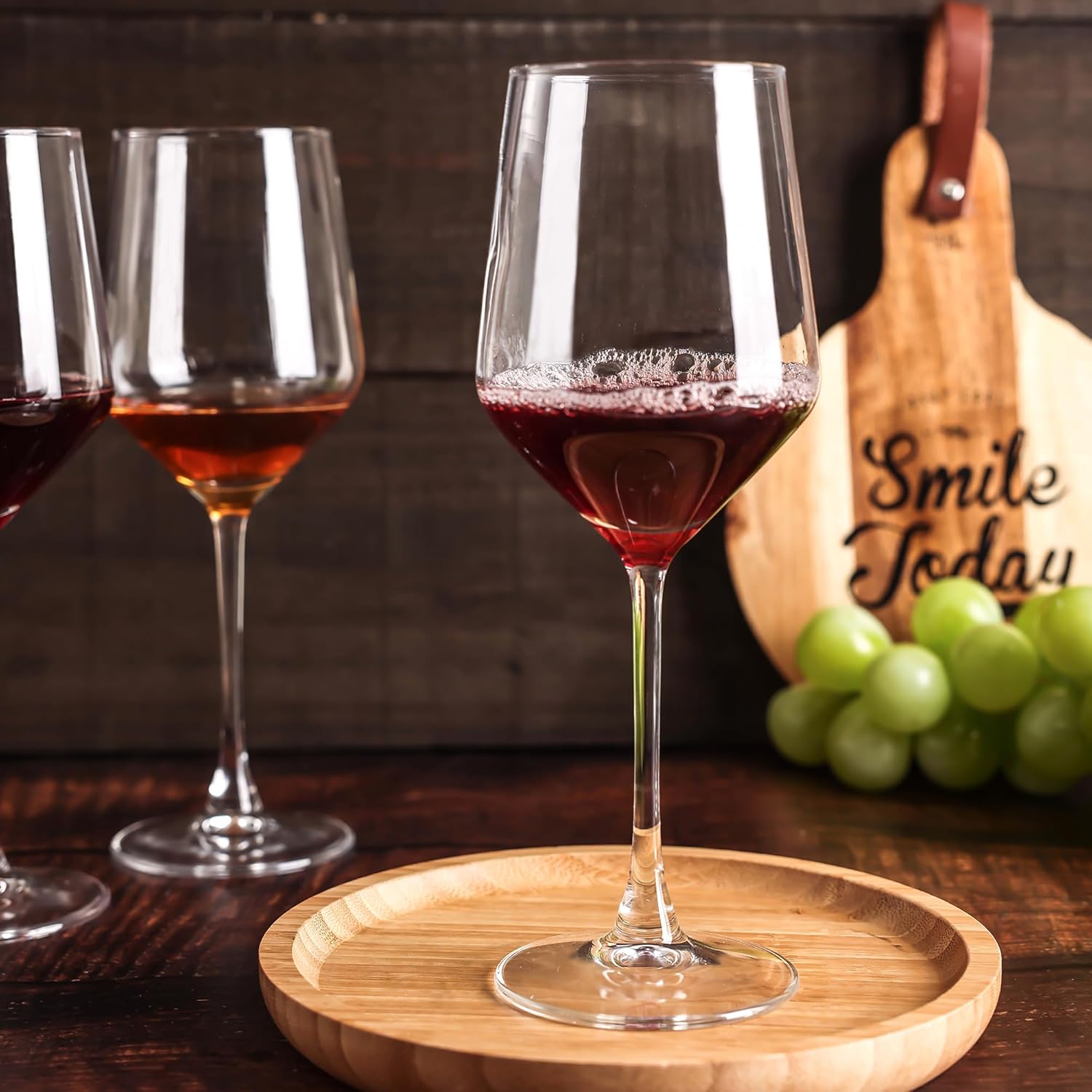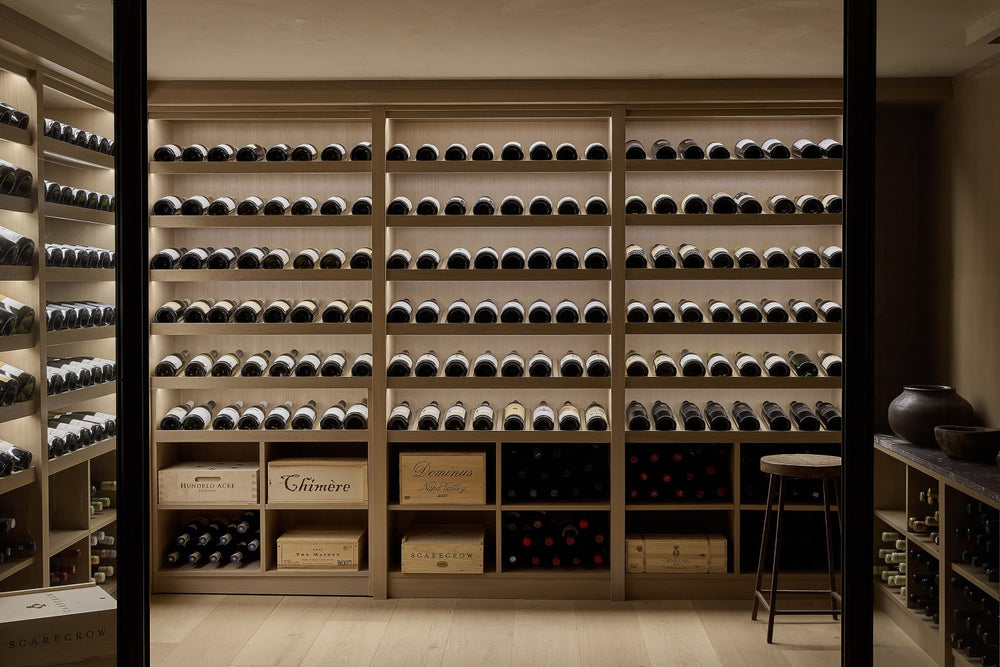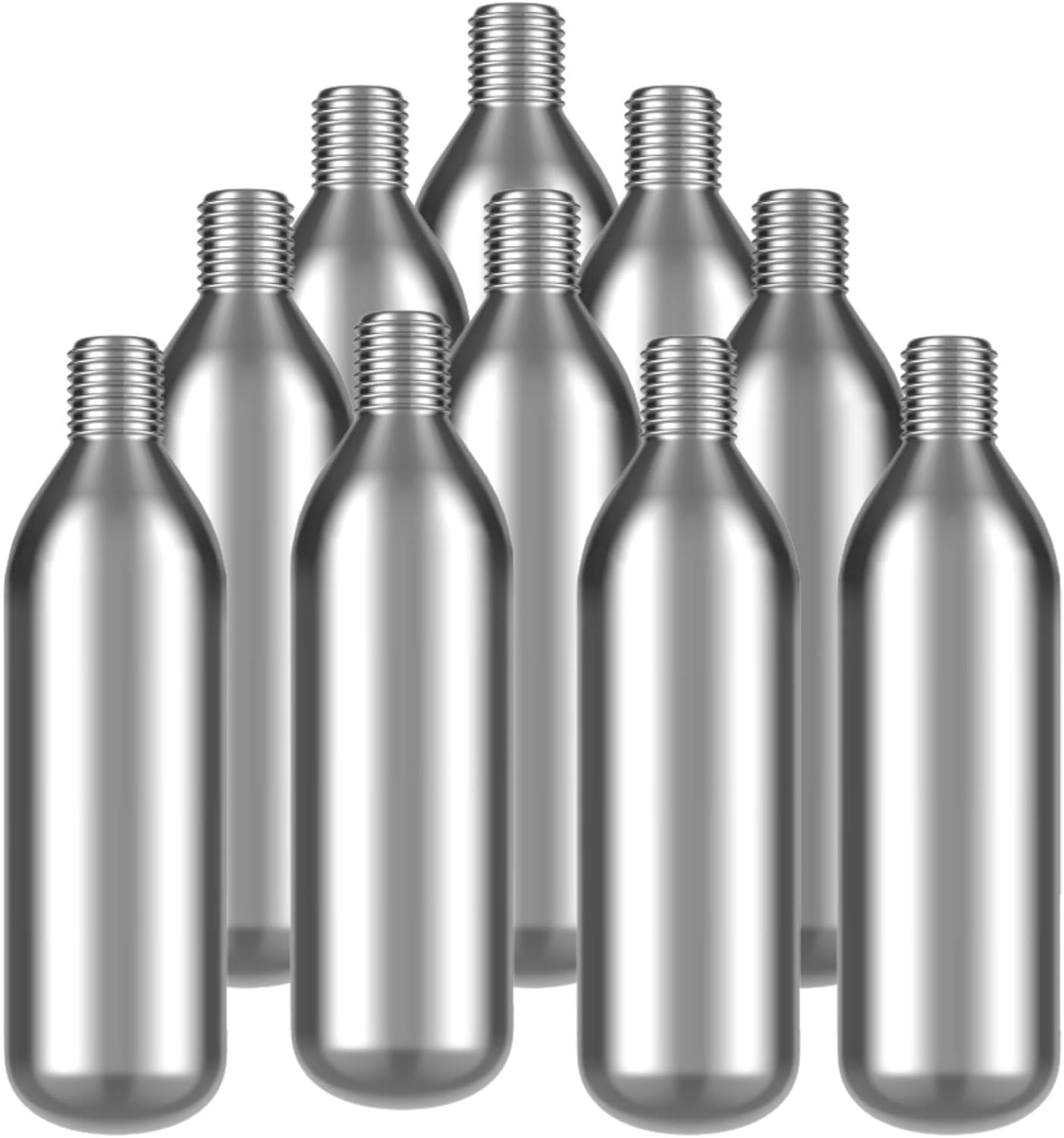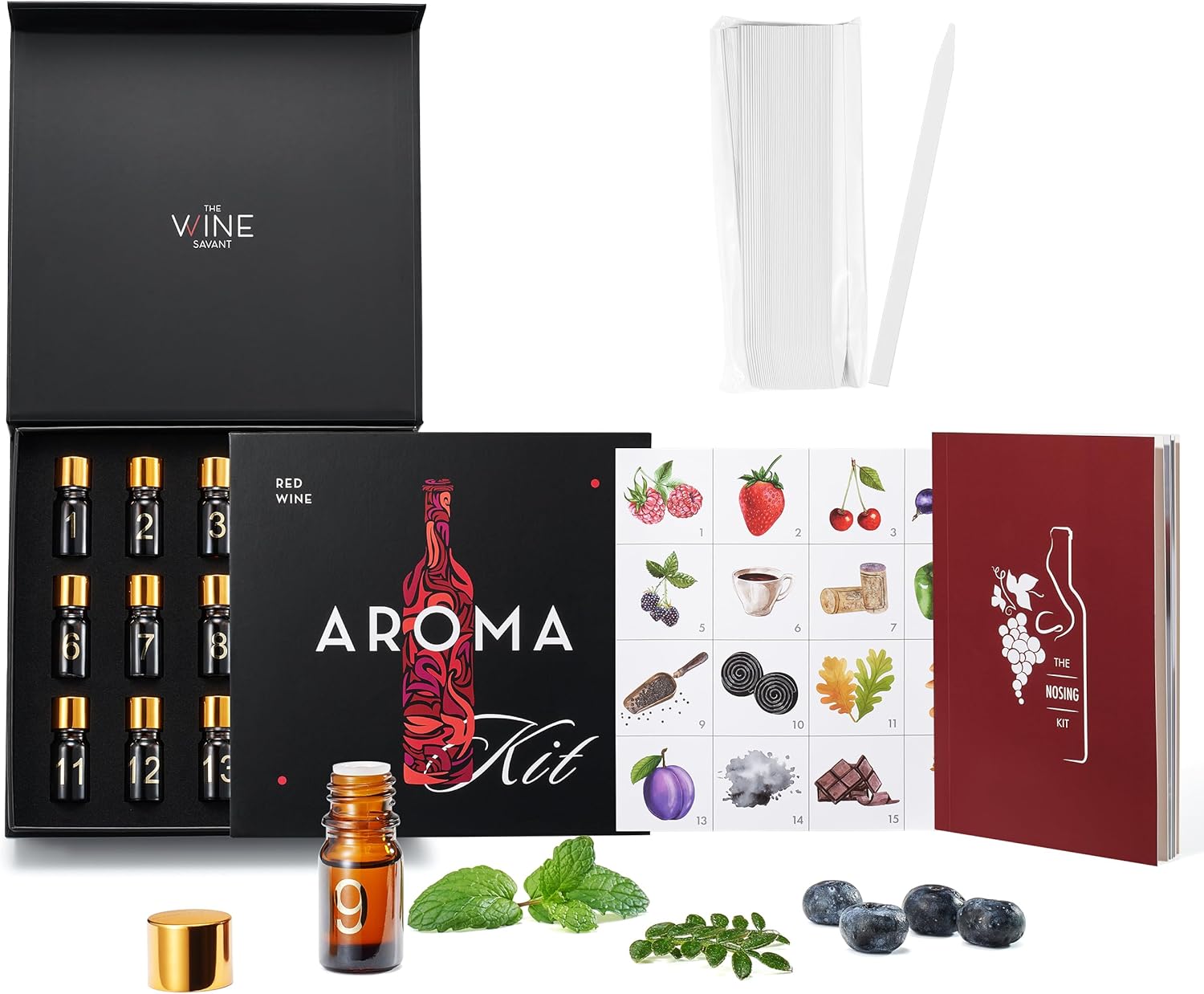How Long Does Wine Last After Opening? (The Surprising Truth)
It’s one of the great domestic anxieties of the modern U.S. household. You opened a great bottle of wine on Tuesday. You had one glass. You shoved the cork back in (upside down, of course) and left it on the counter. Now it’s Thursday. You stare at the bottle. You sniff it. You pour a tiny, suspicious sip. “Is this… okay?” you ask an empty room. You’re paralyzed by the “half-bottle dilemma,” and you end up committing the ultimate sin: pouring that $20 Malbec down the kitchen sink.
We’ve all been there. The guilt is real. But what if we told you that your wine was probably fine? Or what if we told you that with a $15 tool, it could have lasted for a full week? The question, “how long does wine last after opening?” is one of the most common we hear at Wine Army. The simple answer is: “It depends, but probably longer than you think.”
The “complex” answer is what this 4000+ word guide is all about. The life of your wine is a race against a single, invisible enemy: Oxygen. The moment you pull that cork, you start a timer. But that timer is different for a punchy Cabernet than it is for a delicate Pinot Grigio. In this post, we’re going to give you a definitive timeline for every wine type, explain *why* it goes bad, and (most importantly) show you the tools and techniques to fight back and make every bottle last as long as possible.
What’s In This Guide
- The Great Wine Enemy: Why Wine Goes “Bad”
- The Official Timeline: How Long Each Wine *Really* Lasts
- The 2 Golden Rules to Make Wine Last Longer
- At-a-Glance: Wine Preservation Tools
- Your Preservation Arsenal: 5 Tools to Win the War
- 1. The Simple Seal: OXO SteeL Expanding Wine Stopper
- 2. The Air Remover: Vacu Vin Wine Saver Pump
- 3. The Pro’s Trick: Private Preserve (Argon Gas)
- 4. The “God Mode”: Coravin Timeless Preservation System
- 5. The Sparkling Savior: MiTBA Champagne Stopper
- The Full Ecosystem: Before, During, and After the Bottle
- Wine Autopsy: 4 Signs Your Wine is Officially “Dead”
- Frequently Asked Questions (FAQ)
The Great Wine Enemy: Why Wine Goes “Bad”
Before we can save our wine, we have to understand what’s killing it. Wine is a complex, living chemical soup. The moment you pull the cork, you expose that soup to the open air. Air, as it turns out, is 21% oxygen. And oxygen is a violent chemical agent.
This process is called oxidation. It’s the same thing that turns a sliced apple brown or makes an old penny turn green. When it comes to wine, it’s a two-stage attack:
- Oxidation (The Flavor Killer): The first thing oxygen attacks are the delicate aroma and flavor compounds. That bright, fruity, floral smell? Oxygen breaks it down. The primary flavor killer is a compound called acetaldehyde. As this compound forms, it “masks” the fruit flavors and replaces them with a nutty, flat, “bruised apple” or “sherry-like” smell. Your wine stops tasting like fruit and starts tasting like… well, “dull.”
- Bacteria (The Vinegar-Maker): The second attacker is a group of bacteria called Acetobacter. These little microbes are everywhere, floating in the air. They are harmless to us, but they are *lethal* to wine. They consume the alcohol in the wine and convert it into acetic acid. You know acetic acid by its more common name: vinegar. That sharp, sour, nail-polish-remover smell? That’s your wine literally turning into salad dressing.
This isn’t an “if,” it’s a “when.” But, we can fight back. Our entire preservation strategy is based on two simple goals: 1) Slowing down these chemical reactions, and 2) Minimizing the amount of oxygen that can touch the wine.
The Official Timeline: How Long Each Wine *Really* Lasts
So, here’s the answer you came for. Note that all of these timelines assume you follow the 2 Golden Rules (which we’ll cover in the next section): 1) You re-seal the bottle, and 2) You put it in the refrigerator. Yes, even the reds.
1. Sparkling Wine (Champagne, Prosecco, Cava)
Timeline: 1 to 3 days (in the fridge, with a proper champagne stopper)
Sparkling wine goes “bad” in two ways: it oxidizes, and it goes flat. The bubbles are dissolved CO2, and they will flee the bottle as fast as they can. Do not use a regular wine stopper; the pressure will just pop it off. You MUST use a dedicated champagne stopper that clamps onto the bottle’s lip. With one of those, you can easily get 2-3 days of decent bubbles.
2. Light White & Rosé (Pinot Grigio, Sauvignon Blanc, Riesling)
Timeline: 3 to 5 days (in the fridge, sealed)
These wines are prized for their delicate, zesty, and floral aromas. These are the *first* things to go. On Day 2, you might notice the fruit is less “bright.” By Day 4, it will be noticeably dull. The high acidity acts as a preservative, so it won’t taste “bad” for a while, just “boring.” A vacuum pump (like a Vacu Vin) is fantastic for these wines.
3. Full-Bodied White (Oaked Chardonnay, Viognier)
Timeline: 3 to 5 days (in the fridge, sealed)
These are more robust wines. Because they were often exposed to *more* oxygen during the winemaking process (e.g., in an oak barrel), they are a bit more resilient. An oaked Chardonnay can taste great on Day 2, sometimes even a bit more “integrated.” But after Day 3, the same “bruised apple” (acetaldehyde) fate awaits it. Keep it sealed and cold.
4. Light-Bodied Red (Pinot Noir, Gamay, Grenache)
Timeline: 2 to 3 days (in the fridge, sealed)
This is the most fragile category. Delicate, thin-skinned varietals like Pinot Noir have very low tannins (a natural preservative). They are beautiful on Day 1 and often *dead* by Day 3. Oxygen will tear them apart. If you are a Pinot Noir lover, you *need* a wine preservation system. This is the bottle that inspired the entire Coravin vs. Vacu Vin debate.
5. Full-Bodied Red (Cabernet Sauvignon, Syrah, Malbec)
Timeline: 3 to 5 days (in the fridge, sealed)
This is the most resilient group, thanks to two magic ingredients: tannins and high extract. Tannins are a natural antioxidant and “mop up” a lot of the initial oxygen. This is why many U.S. wine lovers *prefer* a big Cabernet on Day 2. The initial “shock” of oxygen can soften the tannins, making the wine feel smoother and more “open.” But the clock is still ticking. By Day 4 or 5, even a mighty Cab will succumb and start to taste flat and vinegary.
6. Fortified Wine (Port, Sherry, Madeira)
Timeline: Weeks, Months, or Years (cool, dark place)
These are a different beast. Their high alcohol and/or sugar content makes them incredibly stable. A Tawny Port or a Madeira was *designed* to be exposed to oxygen and can last, re-corked in a pantry, for months or even years. A Ruby Port is less stable, but will still give you a good 2-4 weeks.
7. Boxed Wine
Timeline: 4 to 6 weeks (in the fridge)
The secret weapon of the U.S. wine market! The “bag-in-a-box” is an eco-friendly wine storage solution and a marvel of preservation. The spigot is a one-way valve, and the bag *collapses* as you pour. This means no oxygen ever gets in. A box of affordable wine in your fridge is a fantastic way to have “a glass” without ever worrying about oxidation. Its only enemy is time (it will eventually just fade), so 4-6 weeks is a safe bet.
The 2 Golden Rules to Make Wine Last Longer
As you can see, the timelines vary. But the methods to *achieve* those timelines are universal. If you do nothing, your wine will last 1 day. If you do these two things, you can get the 3-5 days we’re talking about.
Golden Rule #1: ALWAYS Refrigerate After Opening
This is the big one. Yes, even your red wine. Heat is an accelerator. It makes chemical reactions (like oxidation) happen faster. A wine left on your 72°F counter will oxidize twice as fast as a wine in your 40°F fridge. The cold acts like a “pause” button, dramatically slowing down both the oxidation and the acetobacter. Just take your red wine out of the fridge about 20-30 minutes before you want to drink it (or use a wine chiller to gently warm it) to let it come up to a proper serving temp.
Golden Rule #2: ALWAYS Minimize Air Contact
This is the *other* half of the battle. You can’t just put an open-top bottle in the fridge. You must stop more oxygen from getting in. Shoving the original cork back in is the “Level 0” solution. It’s better than nothing, but it’s a terrible seal. This brings us to… the “Arsenal.”
Your Preservation Arsenal: 5 Tools to Win the War
This is how you move from a “wine drinker” to a “wine saver.” Investing in one or more of these tools is the single best way to protect your wine, reduce waste, and get the most value out of every bottle. These are the *real* wine cellar essentials.
| Product | Mechanism | Preserves For… | Best For |
|---|---|---|---|
| OXO Stopper | Mechanical Seal | 2-4 Days | Casual Drinkers |
| Vacu Vin | Vacuum (Air Removal) | 5-7 Days | The Best All-Around Value |
| Private Preserve | Gas Blanket (Argon) | 1-2 Weeks | Delicate Wines (Pinot) |
| Coravin | Needle / Gas | Months to Years | Serious Collectors |
| MiTBA Stopper | Pressure Clamp | 1-3 Days | Sparkling Wine (Required) |
1. The Simple Seal: OXO SteeL Expanding Wine Stopper
OXO SteeL Expanding Wine Stopper

This is the “Level 1” upgrade. The problem with the original cork is that it’s no longer airtight. The OXO Stopper fixes this. You insert it into the bottle and flip the lever on top. This expands an internal silicone gasket, creating a 100% airtight and leak-proof seal. It’s so good, you can store the bottle horizontally in your fridge.
This tool does not remove the air already in the bottle, but it stops any *more* air from getting in. Combined with the cold from the fridge, this is a fantastic “set-it-and-forget-it” solution that will easily get you to that 3-5 day window for most wines. It’s simple, it’s a bestseller, and it’s one of the best wine stoppers you can buy.
(+) Pros
- Creates a truly airtight, leak-proof seal
- Incredibly easy to use (one flip)
- Durable stainless-steel design
- Low profile fits easily in a fridge door
(-) Cons
- Does not remove the oxygen already in the bottle
2. The Air Remover: Vacu Vin Wine Saver Pump
Vacu Vin Wine Saver Pump with 2 Vacuum Stoppers

This is the “Level 2” upgrade and the undisputed champion of value. The Vacu Vin is the icon. It’s the #1 tool in the Coravin vs. Vacu Vin battle for the everyday drinker. This tool doesn’t just “seal” the bottle; it actively removes the enemy. You insert the special rubber stopper, place the pump on top, and manually pump out the air. You are physically sucking the oxygen out of the bottle, creating a near-vacuum.
This simple act starves the oxidation process. The Vacu Vin is famous for its patented “click,” which tells you when you’ve reached the optimal vacuum. This is the tool that will reliably get you to 5, 6, or even 7 days of fresh-tasting wine. For under $20, this is the single best investment a U.S. wine lover can make.
(+) Pros
- Actively removes oxygen, the root cause of the problem
- Dramatically extends wine life (5-7 days)
- Patented “click” provides feedback
- Extremely affordable and effective
- Stoppers are reusable
(-) Cons
- Requires manual pumping (a minor workout)
- Stoppers can get lost (buy extras!)
- NOT for sparkling wine (a safety hazard)
3. The Pro’s Trick: Private Preserve Wine Preservation Spray
Private Preserve Wine Preservation Spray

This is the “Level 3” upgrade and a pro-sommelier secret. This can looks like “canned air,” but it’s the exact opposite. It’s a can filled with a harmless, inert gas blend (Argon, CO2, and Nitrogen). This gas is heavier than oxygen. You spray a 1-second burst into the bottle, and the gas creates a “blanket” that sits on the surface of the wine, physically blocking the oxygen from touching it. Then you just put any simple stopper (like the OXO) on top.
This is the *perfect* tool for those delicate Pinot Noirs. A vacuum pump can be harsh and “pull” some of the delicate aromas out. This method is gentle and just adds a protective layer. It’s the best way to get 1-2 weeks of life out of a high-end bottle without springing for a Coravin.
(+) Pros
- Extremely effective; creates a perfect barrier
- Gentle on delicate and old wines
- Very easy and fast to use (1-second spray)
- A single can lasts for 100+ uses
(-) Cons
- You have to trust that the gas is in there (it’s invisible)
- Requires you to also have a good stopper
4. The “God Mode”: Coravin Timeless Six+ Preservation System
Coravin Timeless Six+ Wine by the Glass System

Welcome to “Level 4.” This is the “God Mode” of wine preservation. The Coravin doesn’t just “preserve” your wine after opening—it allows you to drink wine without opening it at all. This is the king of the Coravin vs. Vacu Vin debate. You place the Coravin on the bottle, and it pushes a medical-grade hollow needle *through* the cork. It then pressurizes the bottle with pure Argon gas, which pushes the wine *out* through the needle and into your glass. You pull the needle out, and the cork reseals itself.
The result? You can have one glass of a $500 bottle from your subscription box, and put it back on your wine rack for months or even years. For a serious U.S. wine collector, this is a non-negotiable, game-changing tool. It’s the perfect gift for a wine lover who has everything.
(+) Pros
- Preserves wine for months or years
- Allows you to “taste test” your collection
- Lets you pour a single glass without committing
- The ultimate tool for collectors
(-) Cons
- A very significant investment
- Requires proprietary argon capsules (a recurring cost)
- Doesn’t work on synthetic corks or screw caps (without an adapter)
5. The Sparkling Savior: MiTBA Champagne Stopper
MiTBA Champagne Stopper

Finally, a tool for the bubbly. As we mentioned, you cannot use a regular stopper (and *especially* not a Vacu Vin) on sparkling wine. The pressure will make it fail. You need a dedicated champagne stopper, and this MiTBA is an Amazon bestseller for a reason. You place it on the bottle, and its hinged, spring-loaded arms lock onto the thick lip of the bottle. This creates a high-pressure seal that *fights* the bottle’s internal pressure, keeping the CO2 locked in.
This is the only way to keep a bottle of sparkling wine fresh for 1-3 days. It’s a non-negotiable accessory for any host who loves mimosas or just a single glass of celebratory bubbly.
(+) Pros
- The *only* safe way to seal sparkling wine
- Preserves bubbles and freshness for 1-3 days
- Durable, all-metal construction
- Very easy to lock on and remove
(-) Cons
- Can *only* be used for sparkling wine
The Full Ecosystem: Before, During, and After the Bottle
You’ve mastered preservation. You’ve accepted that the answer to “how long does wine last” is “as long as I want it to,” thanks to your new tools. Now you can relax and focus on the *rest* of the wine experience. A good stopper is just one piece of a much larger, more wonderful puzzle.
- Before the Pour: It all starts with proper wine storage. Even if you don’t have a cellar, you need to know how to store wine without a fridge (cool, dark, sideways!).
- The Open: A clean open is a good open. A good foil cutter makes you look like a pro, and a high-quality electric opener makes it effortless.
- The Prep: A big red needs to breathe. The aerator vs. decanter debate is a fun one, but a stylish decanter or a high-tech electric aerator will transform your wine’s flavor.
- The Chill: Temperature is *everything*. A wine chiller sleeve is a must-have for rapidly cooling a white. A portable cooler or wine bag is essential for picnics.
- The Serve: Don’t ruin a $50 bottle with a $1 glass. Using the right red wine glasses enhances the aroma. And serving it all on a wine serving tray elevates the entire event.
- The Pairing: Wine is meant for food. A little knowledge from our food and wine pairing guide can make a $15 bottle taste like a $50 one.
Wine Autopsy: 4 Signs Your Wine is Officially “Dead”
So, you didn’t use a tool, and you’re back to sniffing the bottle. How do you *know* it’s bad? Trust your senses. Your body is great at detecting “off” flavors. This is a key part of our wine glossary.
- Look at the Color: A white wine that was pale yellow will turn a deep, brownish-gold. A red wine that was bright ruby will turn a dull, brownish-brick color. This is oxidation you can *see*.
- Smell It: This is the big one. Instead of fruit, you will smell:
- For Whites: A nutty, “bruised apple,” or “wet cardboard” smell.
- For Reds: A sharp, “vinegary,” “nail-polish-remover,” or “prune-like” smell.
- Taste It (a tiny sip): If it passed the smell test, take a *tiny* sip. You’ll know immediately. The “fruit” will be gone. It will taste flat, lifeless, and dull. Or, it will be aggressively sour and sharp, like a bad vinaigrette.
- Feel It: Is it sparkling wine? Are the bubbles gone? It’s “dead,” even if it hasn’t oxidized yet.
If it hits these notes, it’s a goner. Your “sipping” wine is now “cooking” wine. Don’t pour it down the drain! You can still use it for stews, sauces, or braises.
Frequently Asked Questions (FAQ)
Q: Can “bad” wine make me sick?
A: No. “Bad” wine is not “dangerous” wine. It’s not going to give you food poisoning. The alcohol and acidity prevent harmful bacteria from growing. It will just taste *disgusting*. It’s a “quality” problem, not a “safety” problem.
Q: I see organic and natural wines everywhere. Do they last longer or shorter?
A: Great question! They almost always last shorter. Many natural wines are bottled with little to no added sulfur (a preservative). This means they are *extremely* fragile and sensitive to oxygen. A natural wine is like a light-bodied red: it’s best finished the same day, and you absolutely must refrigerate and properly seal it.
Q: What’s the deal with the “silver spoon in the Champagne bottle” trick?
A: It’s a 100% complete and total myth. It does absolutely nothing. The only thing that saves sparkling wine is a high-pressure, airtight clamp, like the MiTBA stopper we reviewed.
Q: I just shoved the cork back in. Is that really so bad?
A: It’s just not effective. The cork is now compressed and misshapen. It’s a “plug,” not a “seal.” It lets oxygen continue to seep in. It’s better than leaving it wide open, but it’s the #1 reason people think wine only lasts one day. A $10 OXO stopper is 100x better. This is the difference between wine terminology: a “plug” vs. a “seal.”
The Final Word: Stop Wasting Your Wine
The anxiety over a half-finished bottle is a universal U.S. wine-drinking experience, but it doesn’t have to be. The answer to “how long does wine last?” is “as long as you want it to, with the right tools.”
You don’t need to be a serious collector. You don’t need a $5,000 wine cellar. All you need is a refrigerator and a $15 investment. For the price of that *one* bottle you poured down the sink, you can buy a Vacu Vin Wine Saver, follow our two Golden Rules, and never waste a drop of wine again. Your wallet, your palate, and that half-empty bottle of Pinot Noir will all thank you.
